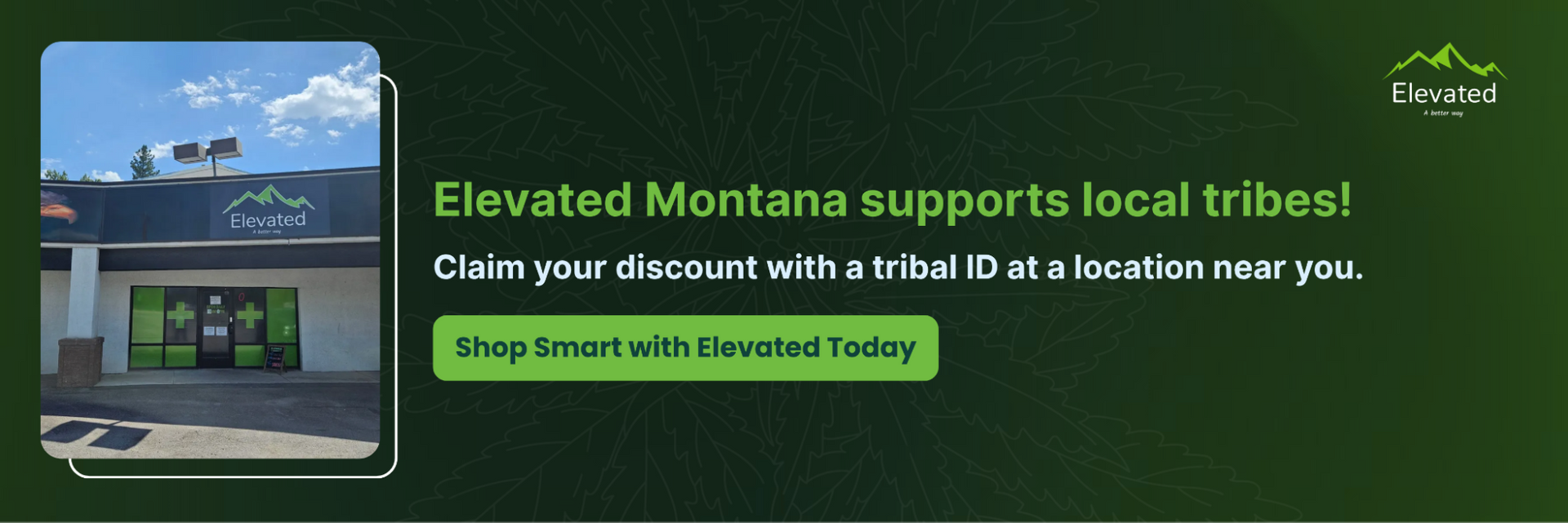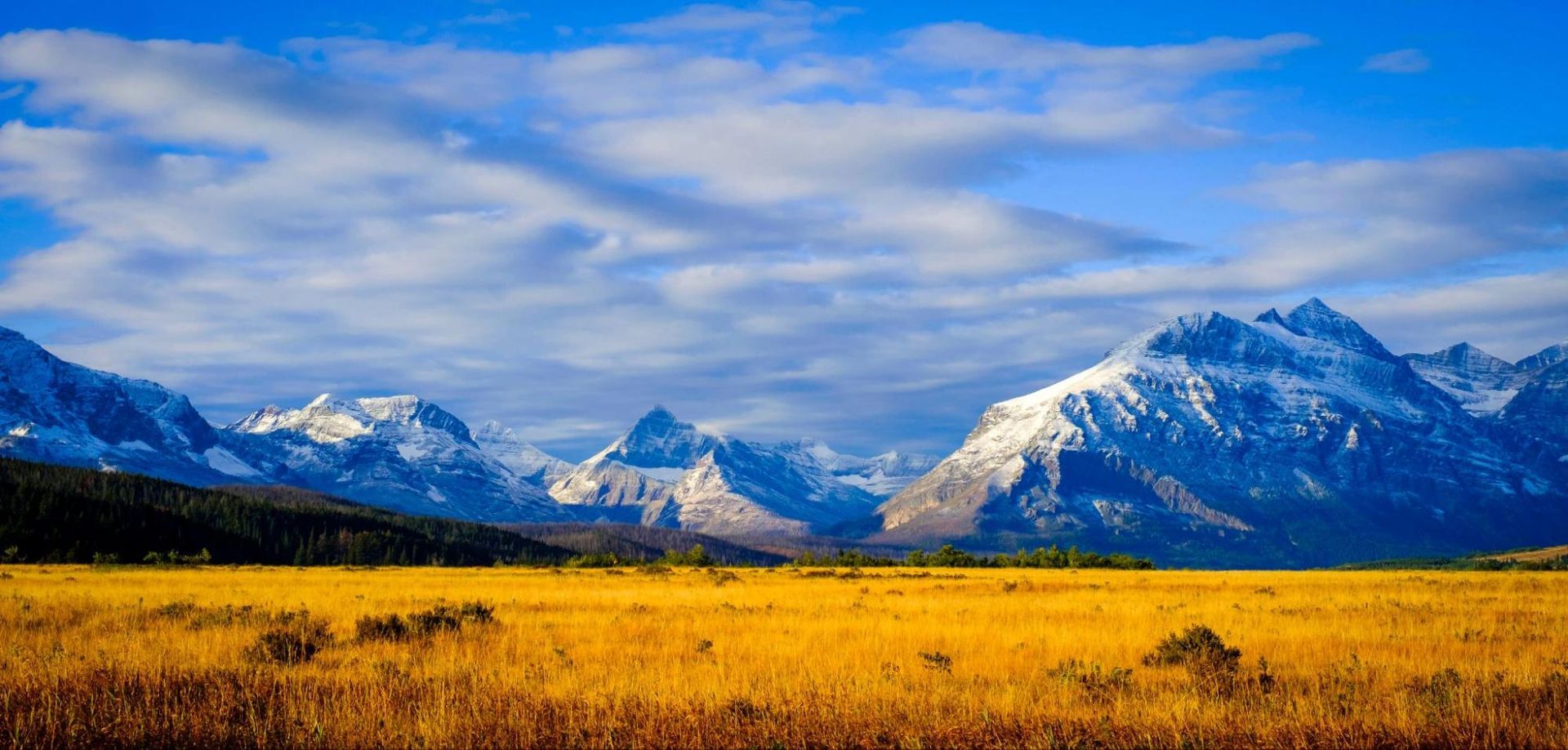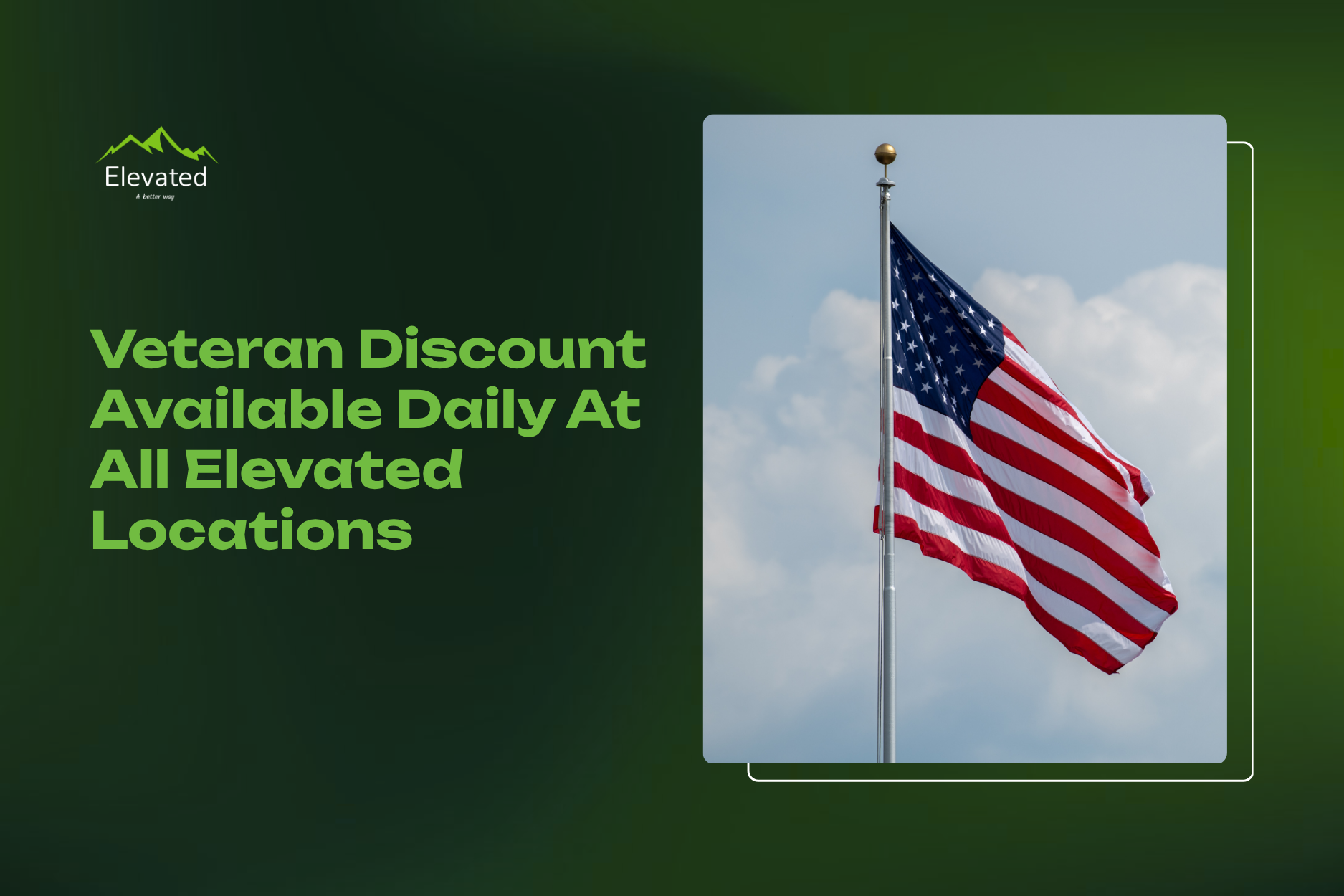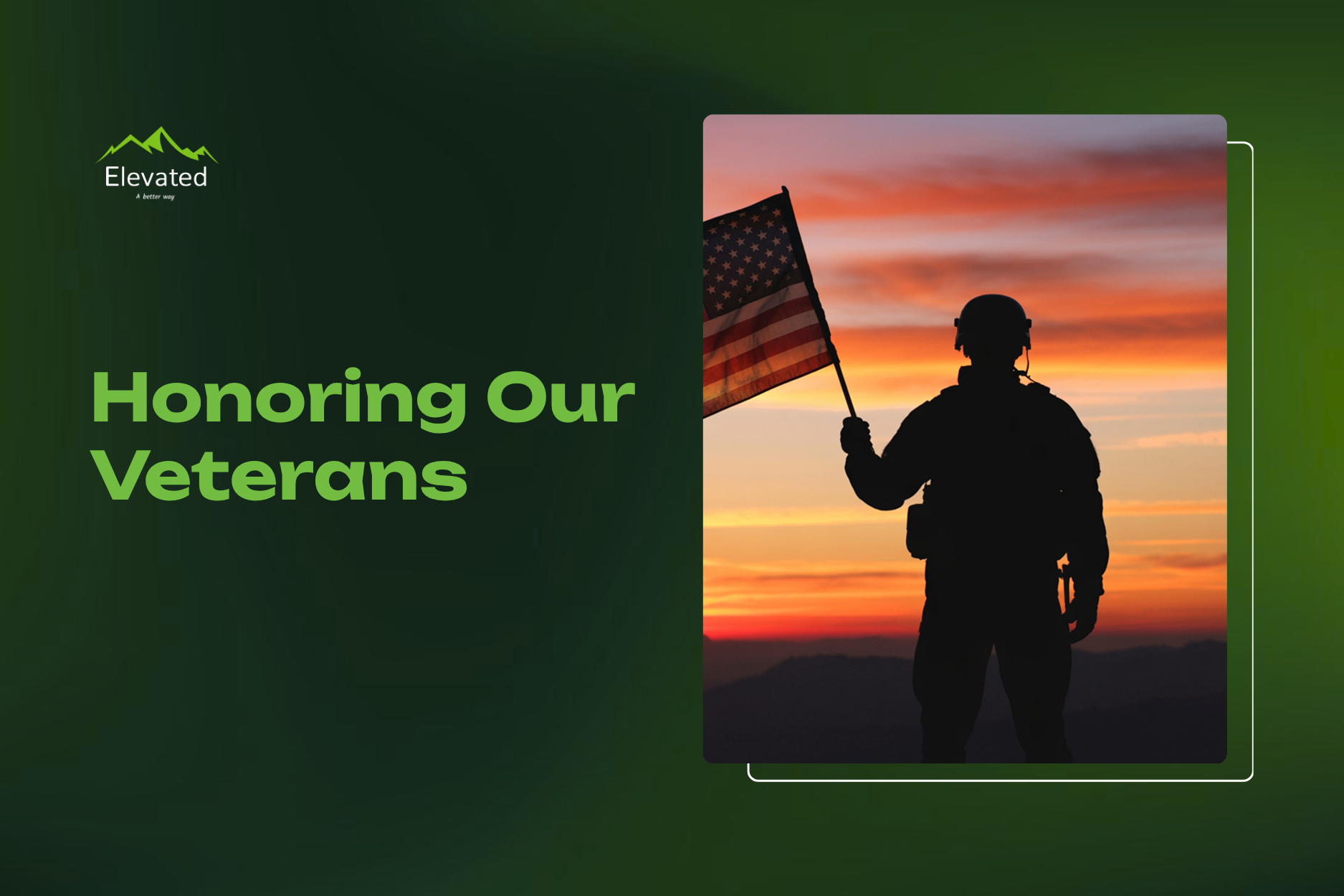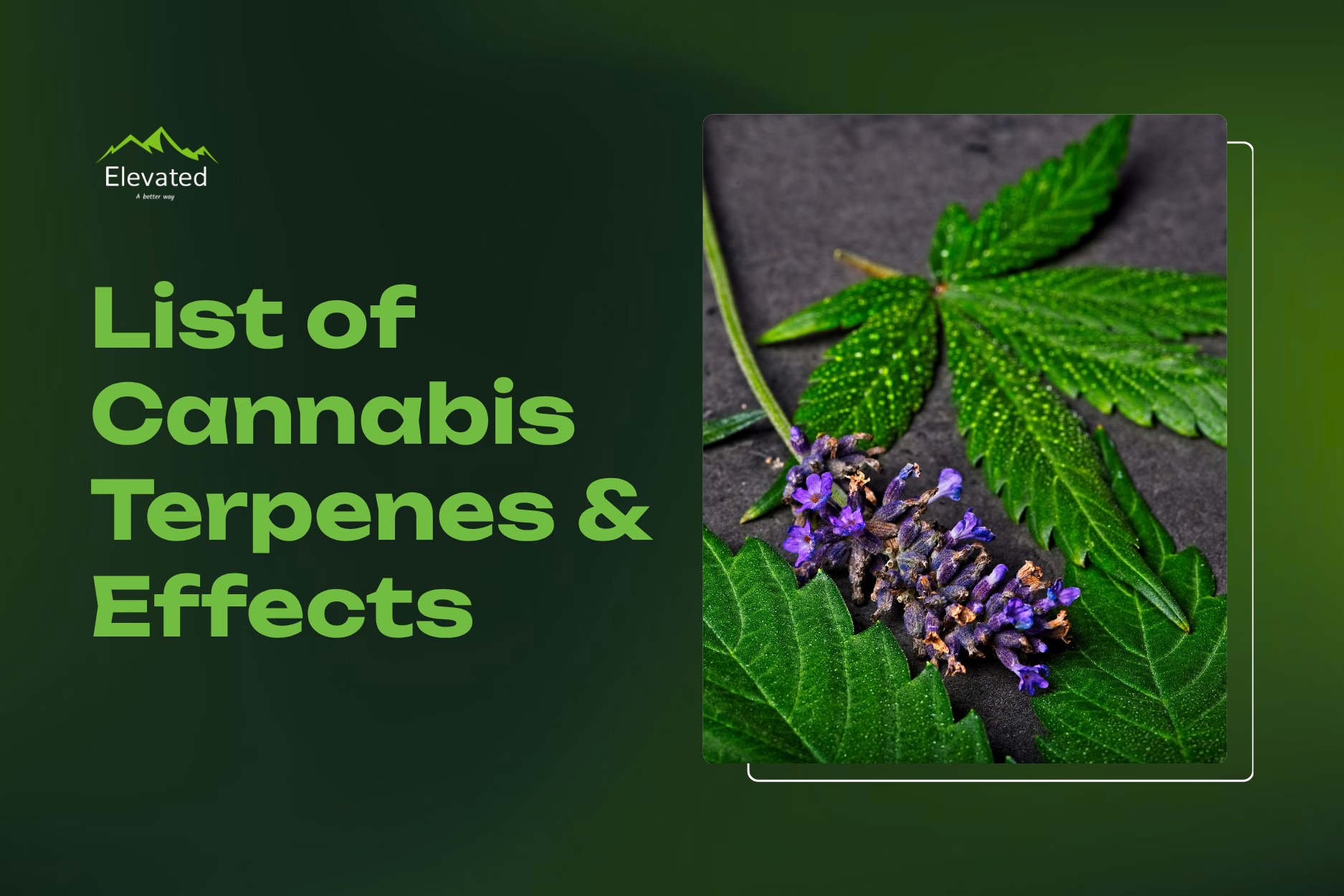Native American Heritage Month in Montana
Every November, Montana turns its attention to the people whose roots reach deeper than state lines or county borders.
Native American Heritage Month carries a different weight here because the land itself still reflects the care and culture of the Nations who have always called it home. The words we speak, and the places we gather all trace back to stories that began thousands of years ago and continue to evolve in the present.
Eight sovereign tribal nations live and thrive across the state today:
- Blackfeet Nation (Browning)
- Crow Nation (Crow Agency)
- Northern Cheyenne Nation (Lame Deer)
- Fort Peck Assiniboine & Sioux Tribes (Poplar)
- Fort Belknap Gros Ventre & Assiniboine Tribes (Harlem & Hays)
- Chippewa Cree Tribe (Rocky Boy’s Reservation)
- Confederated Salish and Kootenai Tribes (Pablo & Polson)
- Little Shell Tribe of Chippewa Indians (Great Falls)
Each Nation stands as a government, a community, and a guardian of tradition. Their languages, ceremonies, and economies shape Montana’s character as much as its mountains and plains.
Elevated Montana reflects that same local spirit of stewardship and respect. We honor Native communities throughout the year and extend a 20 percent Tribal ID discount through November as a sign of appreciation.
This article looks deeper into the long story of Native life on these lands, the significance of Heritage Month, how Montanans celebrate it, and the ways Elevated continues to support Native voices across the state.
Long History of Native Presence In Montana
The story of Montana begins long before maps and borders. Across the plains, river valleys, and mountain basins, Indigenous peoples built thriving societies shaped by the movement of herds, the rhythm of seasons, and an understanding of ecology that still guides conservation today.
The Earliest Peoples and Pre-Columbian Life
Archaeological records trace human presence in Montana back more than 12,000 years. Early hunter-gatherers followed migrating bison and elk through corridors that later became the High Plains trade routes.
Over centuries, distinct nations developed economies rooted in land stewardship. Plains cultures organized around bison herds and intricate kinship systems that governed everything from seasonal movement to spiritual practice.
Along river systems, agricultural communities cultivated corn, beans, and squash, maintaining seed varieties that still grow in tribal gardens.
Places such as the Sweetgrass Hills, Chief Mountain, and the Yellowstone Plateau remain sacred because they connect people to the origins of language, law, and ceremony. These landscapes are living classrooms where knowledge about fire management, soil care, and wildlife behavior has been passed down through countless generations.
Encounters and Transformation
By the early 1700s, trade networks linked the Northern Plains to the Great Lakes and the Pacific Coast. Fur traders and explorers entered this web of exchange, introducing metal tools, horses, and new alliances.
While many transactions were mutually beneficial, waves of settlement and forced treaties disrupted traditional governance.
Yet Indigenous systems proved adaptable. Councils incorporated diplomacy, resource management, and education long before outside governments recognized them as sovereign.
When visitors ask what language or name to use, the respectful approach is simple: refer to each as a Nation and use the official name preferred by its members. When visiting sacred areas, ask permission when possible, avoid uninvited photography, and treat ceremonies or historical sites as active spaces of cultural life rather than open exhibits.
Montana Today — Sovereignty Meets Integration
More than 65,000 Native citizens live in Montana, representing about seven percent of the population. Communities thrive on reservations and in cities such as Billings, Missoula, and Great Falls. Major reservations in Montana include:
- Blackfeet Reservation – Browning
- Crow Reservation – Crow Agency
- Northern Cheyenne Reservation – Lame Deer
- Fort Peck Reservation – Poplar
- Fort Belknap Reservation – Harlem and Hays
- Rocky Boy’s Reservation – Box Elder
- Flathead Reservation – Pablo and Polson
Each reservation functions as a center of government, education, and economic development, shaping the culture of modern Montana while maintaining ties to the earliest stories of this land.
Montana’s Living Nations — The Eight Sovereign Tribes
Across Montana, eight sovereign Nations form a continuous thread between ancient homelands and present-day life. Each governs its own territory, language, and traditions, yet all share a relationship with the land that predates every modern boundary. These communities raise children, manage natural resources, and practice ceremonies that have shaped Montana’s cultural landscape for centuries.
Blackfeet Nation (Siksikaitsitapi)

Homeland and capital: East of Glacier National Park, centered in Browning.
Community and traditions: The Blackfeet Nation’s territory stretches from the high plains to the mountains known as the Backbone of the World. Families gather each summer for the Sun Dance, while Beaver Bundle ceremonies and winter storytelling preserve teachings about balance, kinship, and the natural world. Chief Mountain remains a sacred point of prayer and offering.
Crow Nation (Apsáalooke)
Homeland and capital: South-central Montana along the Little Bighorn River; capital at Crow Agency.
Community and traditions: The Crow Nation, or Apsáalooke, lives within a vast homeland bordered by the Bighorn and Pryor mountains. Extended families organize through clans, a system that defines belonging and respect. Each August, the Crow Fair transforms the valley into a gathering of thousands, where families set up tipis, dance, and honor their lineage. The Nation’s deep horse culture and intricate beadwork remain visible symbols of pride.
Northern Cheyenne Nation
Homeland and capital: Southeastern Montana, headquartered in Lame Deer.
Community and traditions: The Northern Cheyenne homeland lies in rolling pine country between the Tongue and Powder rivers. Families maintain a strong tradition of sweat lodge and Sun Dance ceremonies that affirm connection to spirit and land. Annual gatherings and runs honor military service and resilience, values carried forward since the Cheyenne return to these lands after forced relocation.
Fort Peck Assiniboine & Sioux Tribes
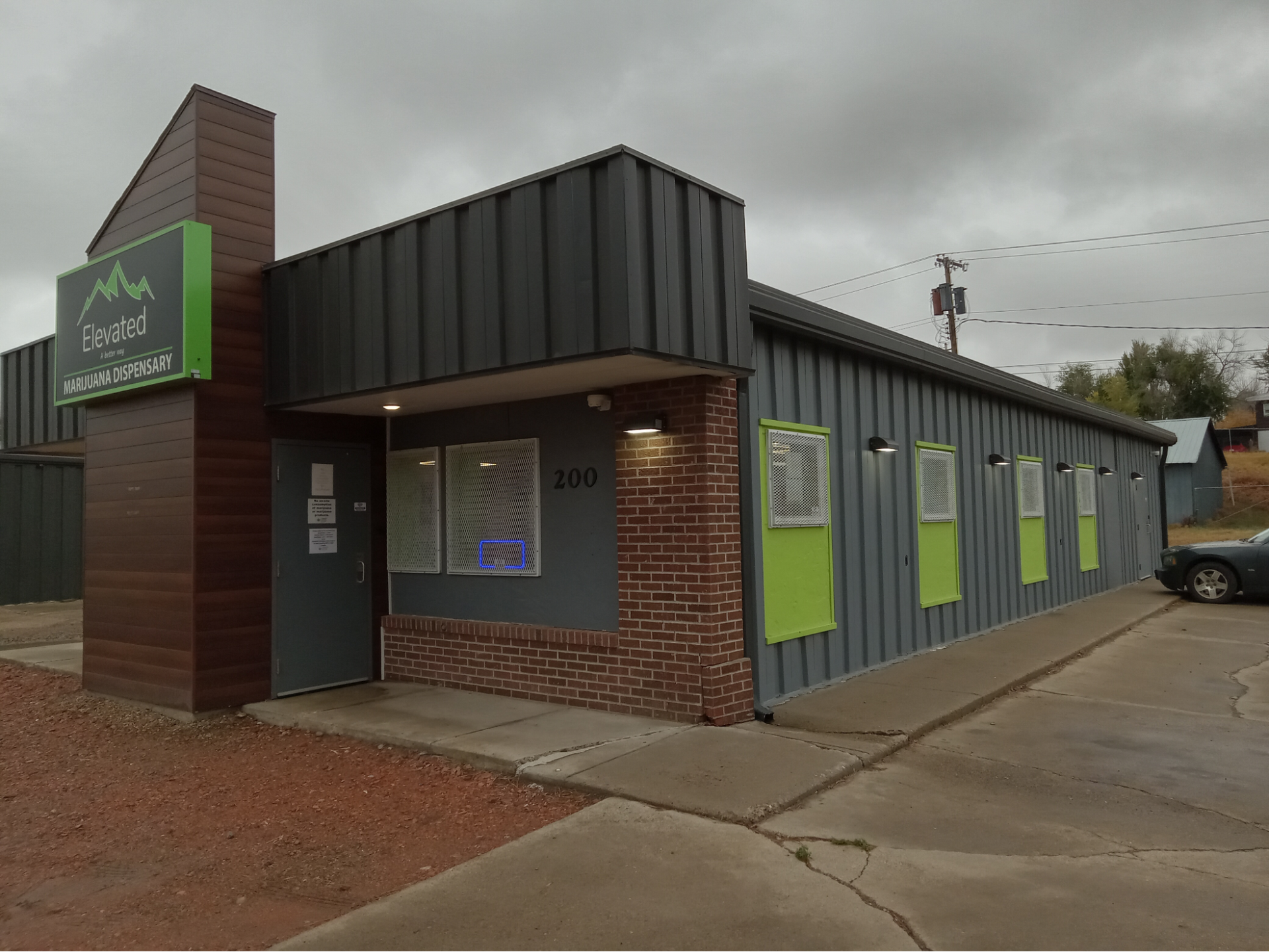
Homeland and capital: Northeastern Montana on the Missouri River plains, with the capital in Poplar.
Community and traditions: Two Nations share this reservation, the Assiniboine (Nakoda) and the Sioux (Dakota and Lakota). Together they manage governance and community programs while maintaining distinct cultural practices.
Powwows and Sun Dances draw families from across the plains, and both Nakoda and Dakota/Lakota languages continue to be spoken in homes.
Fort Belknap Gros Ventre & Assiniboine Tribes

Homeland and capital: North-central Montana between Harlem and Hays; headquarters at Fort Belknap Agency.
Community and traditions: The Aaniiih (Gros Ventre) and Nakoda (Assiniboine) peoples share this reservation and maintain close ties through family and ceremony. Traditional bison hunts, sweat lodge, and powwow gatherings connect community members to the prairie ecosystem and to each other.
Chippewa Cree Tribe (Rocky Boy’s Reservation)
Homeland and capital: North-central Montana near Box Elder; smallest of Montana’s reservations by land area.
Community and traditions: The Chippewa and Cree peoples came together in the early 1900s to form this Nation.
Today, Sun Dance, round dance, and powwow seasons bring the community together. Both Chippewa and Cree languages are preserved through family use and ceremonial song.
Confederated Salish and Kootenai Tribes (Flathead Reservation)
Homeland and capital: Western Montana in the Mission and Flathead valleys; administration based in Pablo and Polson.
Community and traditions: The Salish and Kootenai peoples share a homeland defined by rivers, forests, and lakes.
Seasonal dances, giveaway ceremonies, and language gatherings continue as part of daily life. Stewardship of fish, bison, and forests reflects a belief that caring for the land is both a right and a duty.
Little Shell Tribe of Chippewa Indians
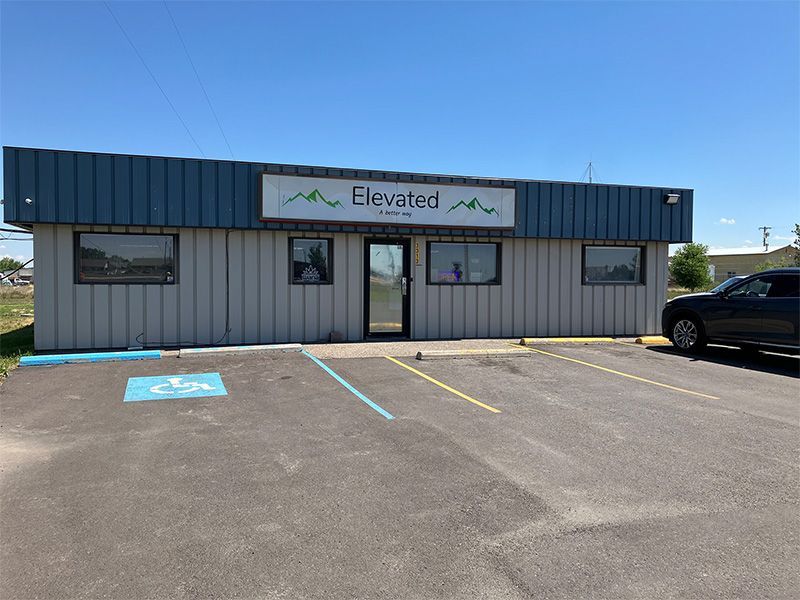
Homeland and capital: Community centered in Great Falls, with members throughout north-central Montana, federally recognized in 2019.
Community and traditions: The Little Shell Tribe descends from Chippewa and Métis families who long lived along the northern plains. Round dances, fiddle gatherings, and honoring feasts mark celebrations. Recognition restored official standing to a Nation that had maintained its identity without a land base for more than a century.
The Story Behind Native American Heritage Month
Every November, Native American Heritage Month invites the nation to recognize the First Peoples of this land. What began as a grassroots effort to correct how history was told has grown into a national moment of visibility and reflection. For Montana, where Indigenous presence shapes daily life, this month resonates as both remembrance and renewal.
From Week of Recognition to Month of Honor
The first national acknowledgment came in 1976, when Congress authorized a single week to highlight Native American contributions. Communities used that brief window to share stories, showcase art, and advocate for accurate education. Momentum built through the 1980s as tribal leaders, educators, and veterans’ groups pressed for a wider stage.
In 1990, President George H. W. Bush signed a joint resolution designating November as National American Indian Heritage Month. Since then, each administration has renewed the observance with a presidential proclamation.
The month’s themes have continued to evolve. Early messages focused on visibility and survival; more recent observances center on strength, continuity, and leadership. Phrases such as “Resilient Nations, Enduring Traditions” capture the balance between honoring the past and asserting a modern identity that stands on its own terms.
What the Month Represents Today
Heritage Month is not nostalgia. It is an affirmation of sovereignty, language, art, and community life that never disappeared. Exhibits, film festivals, and educational programs across the country now feature Native organizers, teachers, and youth leaders who speak for their own nations.
Readers sometimes ask whether this recognition is performative. It can be, when institutions stop at words. The meaningful observances are those led by Native people themselves, grounded in local relationships and carried through the rest of the year.
Support begins with small acts that turn awareness into respect, such as learning, listening, and choosing Native-owned art, food, and businesses.
How Montana Celebrates Native American Heritage Month
In Montana, Native American Heritage Month is marked by song, food, art, and public learning.
Each community celebrates in its own way, blending ceremony with hospitality and opening space for neighbors to experience traditions that have defined this region for thousands of years and still form a part of the social fabric..
Powwows and Gatherings
Powwows are the pulse of Heritage Month.
The North American Indian Days celebration in Browning brings together dancers, singers, and families from across the plains. The Heart Butte Celebration honors Blackfeet veterans and community leaders each summer and remains a touchstone for the November season. Down in Crow Agency, the Crow Fair fills the valley with tipis and grand entries that welcome guests from every direction. The Northern Cheyenne Nation hosts the Lame Deer Powwow where traditional songs, giveaway ceremonies, and open-air feasts celebrate endurance and kinship.
Visitors are welcome, but etiquette matters.
Always ask before taking photographs, dress modestly, and listen to local announcers who guide guests through proper conduct. Supporting Native vendors and artists directly helps ensure that the proceeds stay within the communities that sustain these traditions.
Museums, Education, and Tours
Montana’s museums and historic sites serve as living classrooms throughout the year.
The Museum of the Plains Indian in Browning features Blackfeet art and historical exhibits curated with tribal historians. Chief Plenty Coups State Park near Pryor tells the story of a Crow leader whose diplomacy and vision continue to influence educators and policymakers. Travelers to Glacier National Park can join Sun Tours, a Blackfeet-owned guide service that shares the Nation’s deep relationship with the landscape.
Montana’s statewide Indian Education for All framework connects this learning to classrooms across the state. It ensures that students encounter Native perspectives in science, literature, and history, making Heritage Month part of a broader, ongoing education.
Storytelling, Art, and Youth Voices
Art and storytelling carry the lessons of each Nation forward.
Local galleries and markets feature beadwork, quillwork, and painting rooted in tribal design. Film screenings such as those at the Big Sky Documentary Film Festival highlight Native directors telling contemporary stories in their own words.
Many tribal schools host storytelling nights where elders speak in Native languages and young people record their voices for digital archives and podcasts.
These projects make Heritage Month feel alive, giving Montana’s next generation the tools to preserve memory while creating new stories of their own.
Elevated’s Commitment to Montana’s Native Communities

Elevated was founded in Montana and shaped by the people who live here.
The company’s sense of place comes from listening to customers, to team members, and to the communities that give Montana its character. Native nations are a central part of that story. Respect for tribal sovereignty, equitable access, and honest partnership are built into Elevated’s operations rather than added for a single month of recognition.
Year-Round Respect, Not a Seasonal Message
Elevated’s approach to community relationships reflects the same values that guide its cultivation and retail work: care, transparency, and long-term investment.
Each store is locally staffed, and many employees come from the same rural and reservation towns the business serves. Conversations with customers often start with shared experiences rather than product lists, creating a learning space that mirrors Montana’s neighborly pace.
Throughout the year, Elevated partners with nonprofits that support Native youth programs, veterans, and food security initiatives. Those partnerships are kept low profile on purpose; the goal is consistent support, not publicity.
The company’s leadership continues to seek representation from Native voices inside its own decision-making, recognizing that the best way to serve a community is to hire from it and listen to it.
Tribal ID Discount and Inclusive Access
Every November, Tribal ID holders receive a 20 percent discount across all Elevated locations.
The policy is simple but meaningful. It reflects gratitude for the Native communities that have supported the company since its early days and affirms respect for tribal sovereignty. The discount is one part of a broader effort to keep quality cannabis affordable, transparent, and accessible.
Elevated also recognizes Indigenous Peoples’ Day each October with community appreciation events and educational displays prepared by local staff. These gestures are small, but together they help normalize inclusion as a daily practice rather than a marketing campaign.
Employment and Advocacy
Elevated’s hiring practices prioritize Montana residents, including veterans, tribal members, and college students seeking stable careers in a growing field. Training focuses on compliance, safety, and education so that every employee can become an informed advocate for responsible cannabis use.
The company also supports local advocacy that improves health, education, and economic equity within Native communities.
Continuing the Story Beyond November
Few states in the nation come close to matching the level of cultural diversity we are completely accustomed to here in Montana. This is our unique asset and we have the responsibility to safeguard it for future generations.
Having a big, month-long event to mark native heritage is commendable. Extending the messages of peace and understanding to the rest of the year is more difficult, but that’s the real objective. We must strive to support tribal people every day and to make their lives easier in all the small ways that truly matter.
When it comes to cannabis, native citizens are always appreciated at Elevated dispensaries. Stop by any of our Montana locations any day of the year and see for yourself how our hospitality looks in practice!
